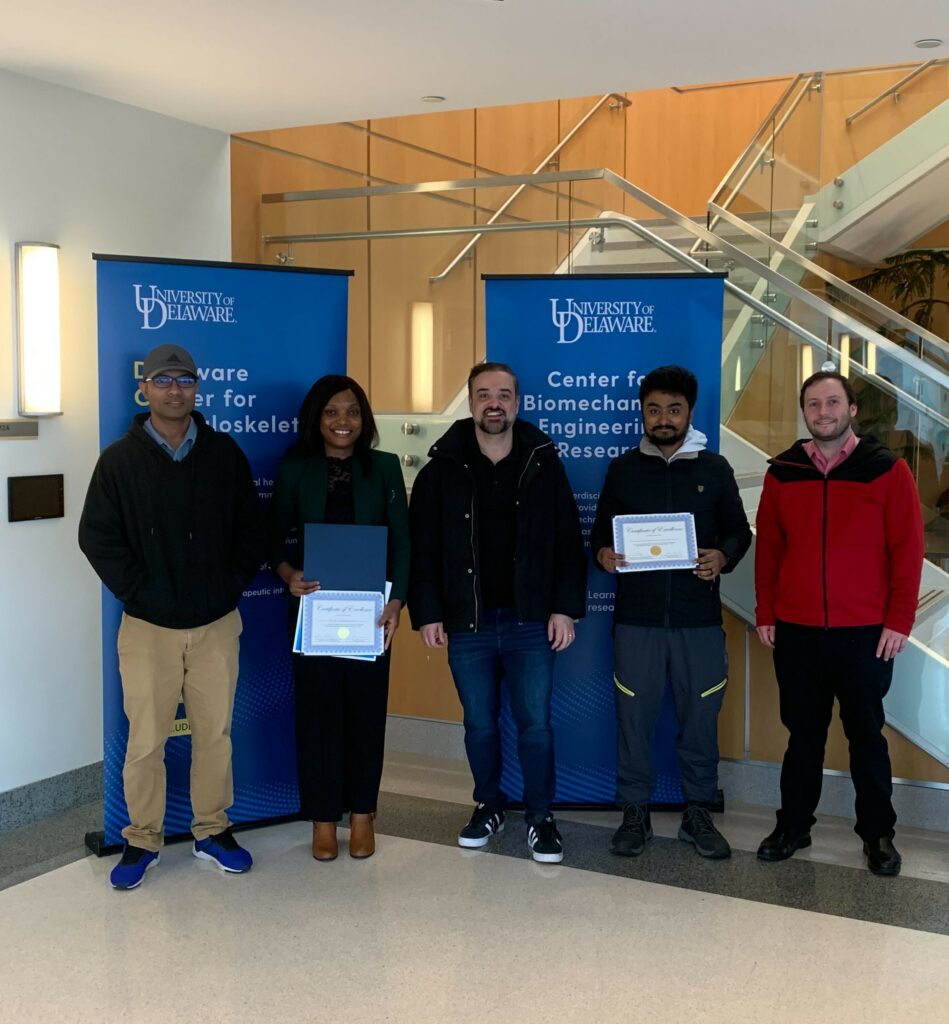Welcome to the Tavares Lab! We study craniofacial development and the genetic causes of craniofacial birth defects.
Our goal is to determine the role of the transcription factor SIX1 and SIX1-associated genes in development of the cranial bones, jaws and ear using transgenic mice and Xenopus (frog).
Our overarching goal is to help patients and their families understand the genetic causes of SIX1-related birth defects (e.g., branchio-oto-renal syndrome, craniosynostosis), and to develop preventive and corrective strategies.

